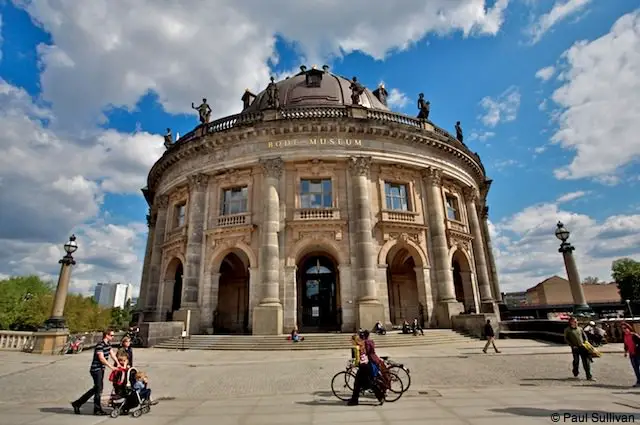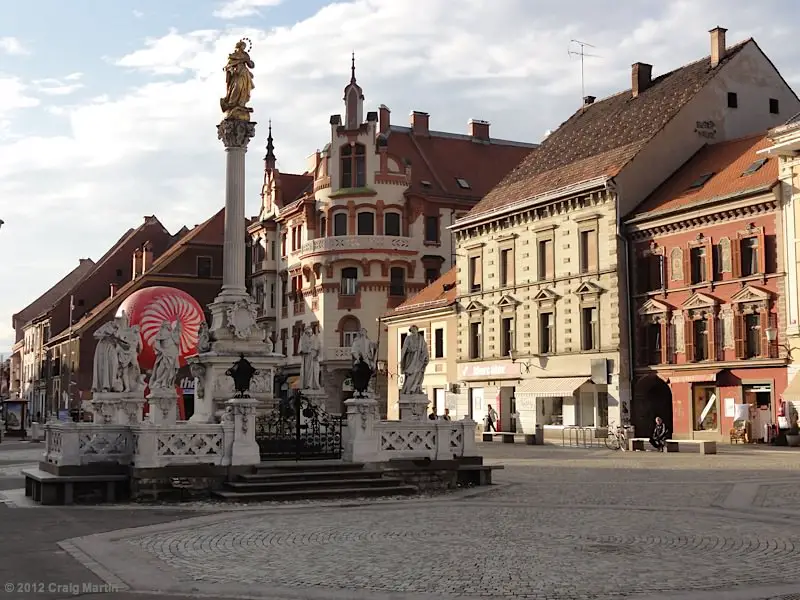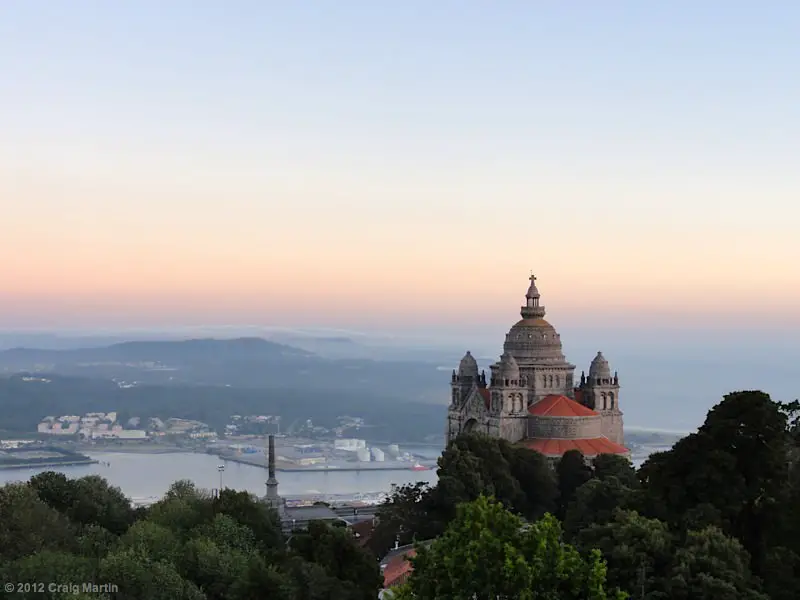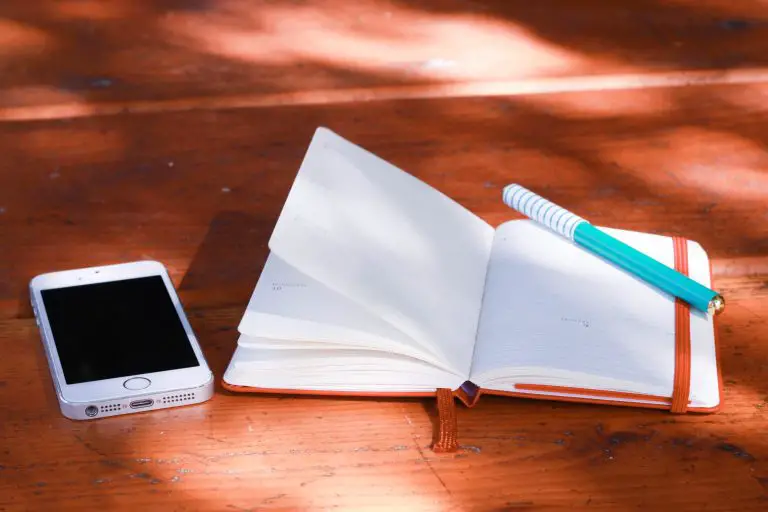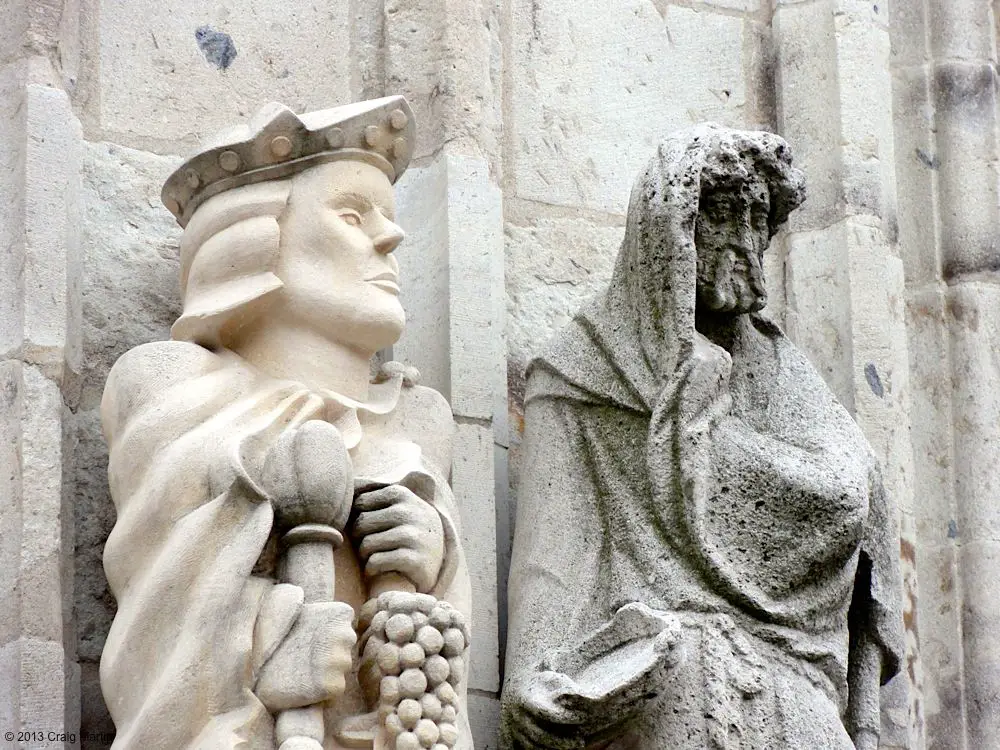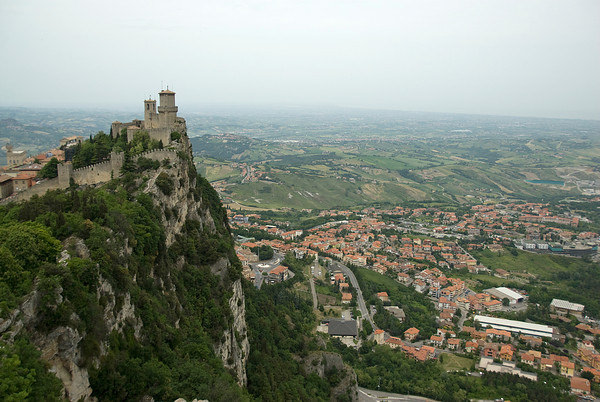Berlin with Urban Adventures
Berlin is a city with a dense history, shaped by princes and scarred by war. This past is ever-present in the modern form of the city, and while you’ll have a great time just wandering around and checking out the famous sights, you’ll get a lot more out of your time in Berlin if you learn a little of its story.
As Kiwis, we grew up very isolated from Europe and learned only a little about the Second World War and its effects on modern Europe. We knew about the Berlin Wall, but didn’t know why it was constructed, how big it was, or why it fell. We really needed an on-the-spot history lesson, and that’s exactly what we got on the Storyline of Berlin tour with Urban Adventures.
Our local guide
As we exited the subway and came up to street level in front of the Brandenburg Gate, we were stunned. It wasn’t the pale morning sunshine, it was the groups of 20 to 35 people being shouted at with historical notes in German, Polish, French, in American and British accents, and in who-knows-what other languages. “How many people are on our tour?” I asked Craig. He looked as worried as I was. “I don’t know,” he replied quietly. “I hope it isn’t this many.”

We met our guide, Greta, outside the Reichstag, where she gave her credentials as a “local guide”: technically, she said, she wasn’t local — she was born in the west of the country and she’d moved to Berlin when she was six or so. We decided she was local enough for us, though her Berliner friends might not agree. She was an archaeologist (and beekeeper) who was completing her PhD, and who had grown up in West Germany, and later West Berlin. She was nine or ten when the wall fell — definitely old enough to be affected by it.
Greta was not going to shout at us today: we just had three other people on the trip, and a maximum number of 12 are allowed to join. We were glad about this time and time again, as we had more flexibility, more room to lag behind for a photo (then run to catch up!), or to corner the guide to explain something more fully.
The tour began with an explanation of the glass-dome topped building we were standing in front of: Greta talked about the current parliamentary role of the building as well as its history — Hitler interpreted a fire here as a terrorist attack, and used this as propaganda to incite fear in the German population and gain popularity for himself.
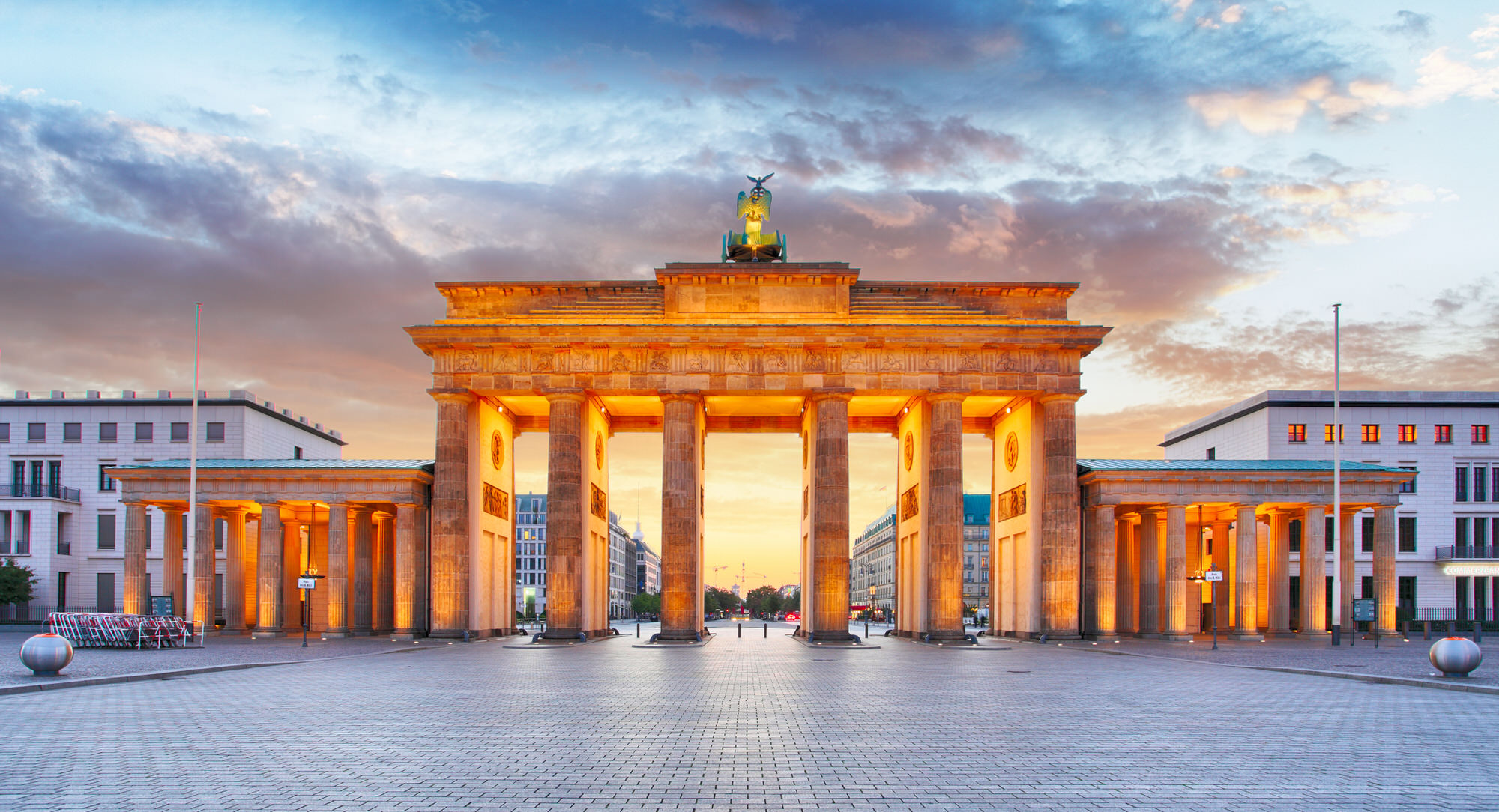
From there, we crossed the line of the former Berlin Wall, which is marked all along its length by a double row of cobblestones. The iconic Brandenburg Gate lay just behind, and we paused to hear about how the statue on the top was stolen by France and later recovered — and that the name of the square in front of the gate, Paris Square, wasn’t meant as a compliment.
The Holocaust memorial was our next stop, and Greta gave us time to wander through the 2711 concrete columns to see if we experienced the sensation of isolation and disorientation the artist had been trying to evoke when he designed it. Not far away was the monument to the homosexuals killed during World War II; and we’d also passed a construction site where a memorial to murdered gypsies was being built.
The tour continued at the location of the bunker where Hitler and his wife committed suicide; it’s now a parking lot. The bunker itself is filled with rubble and is inaccessible, and it’s likely to stay that way, to avoid it becoming a pilgrimage destination for neonazis.
Soon we were back at the wall, this time at one of the few stretches that remain standing, in Mitte betweeen Checkpoint Charlie and Potsdamer Platz. There’s a Topography of Terror museum there, but we didn’t go in; instead we sat on a low wall and got comfortable while Greta told us a bit of history as well as sharing her own experience of life before, during and after the fall of the wall. She even pulled out some photos her mum had taken while the wall was still in place, which really gave us a sense of connection to her story.
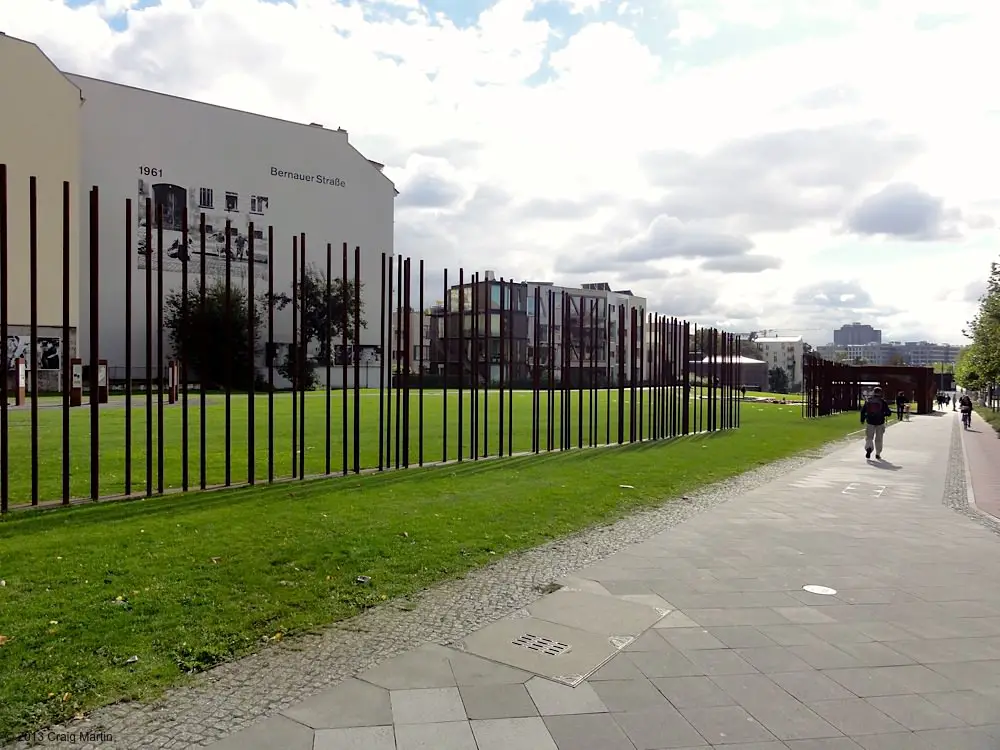
Berlin Wall History 101
We learned that after Germany’s defeat in the Second World War, the country was divided into four sections, to be administered by each of the four allied nations: France, the UK, the USA, and the USSR. Berlin, despite being wholly in the Soviet section, was similarly divided into four sectors. In 1949 the three westernmost sections were united and reorganised, and gained independence again under the name West Germany.
The Soviets retained their hold on the east, which became the German Democratic Republic (GDR, DDR in German), or East Germany. This was a communist country, with a very different way of life to its western twin, and the Soviets didn’t want its citizens to mix with the capitalist West. So, on the night of August 12, 1961, the Soviets built the first Berlin Wall, out of barbed wire. It completely encircled West Berlin, and cut through tram lines, rail lines, and roads.
Over the next few months, they began to erect a more permanent solution, and in 1965 put up a three-metre high concrete wall topped by a pipe. There was also a 100m-wide “death strip” on the eastern side of the wall, where guard dogs could roam freely, and an electrified wire fence on the other side of this open space. Some travel across the wall was possible, and of the nine border crossings, Checkpoint Charlie is now the most well known.
Greta told us that nobody in West Germany thought that the Wall would ever fall, and she and her family were extremely surprised when, on 9 November 1989, it did. More and more people had been leaving East Germany for the West — some at great risk, over or under the wall, but more through Czechoslovakia — and time had come for change.
New travel regulations had been drawn up, allowing travel between East and West Germany, and a journalist was given the task of reading this aloud at a press conference, which was later televised. However, he somehow missed the fact that the regulations would come into effect the next day, and said that they were “effective immediately, without delay”. When East Germans heard the broadcast, they began gathering at the checkpoints, demanding that the security guards let them through. The guards had no idea what was going on, and resisted for several hours, but at about 10.45pm, they yielded and let waves of East Germans through to the West, where they were joyfully welcomed by Westerners.
Back to the tour…
We had a couple of other stops after our pause at the Wall, including a visit to Checkpoint Charlie and a scornful look at the Humboldt-Box, an ugly temporary structure beside the site of the old palace, but I was still thinking about how much had changed since the wall fell.
If skipping through the dense history of the last 100 years seems like hard work, it wasn’t. The four-hour tour was well-paced, although a big breakfast (or a quick dive towards a currywurst stand) is highly recommended. There was a reasonable amount of walking but broken up by standing pauses and the occasional chance to sit down.
Berlin is a vibrant, unified city, and I felt lucky to have had the chance to see it with the help of an informed and intelligent local guide. I’d definitely got my history fix, but it had just made me more curious about Berlin’s past.

